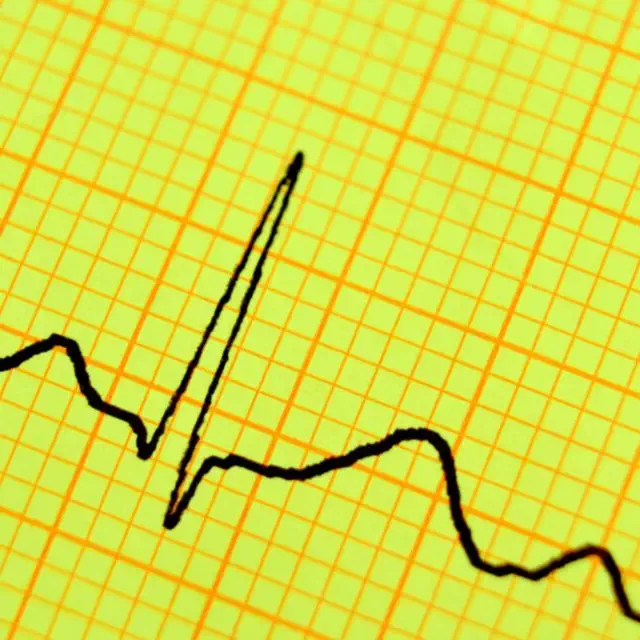There are several warning signs to be aware of that may indicate you are nearing a diagnosis of type 2 diabetes.

View pictures in App save up to 80% data.
Type 2 diabetes is common across the UK, and millions live with the condition. But, there are ways to prevent and even 'reverse' the problem before it gets any worse if you have been told by a doctor you are prediabetic.
Prediabetes, also known as non-diabetic hyperglycaemia, is a condition where your blood sugar levels are higher than normal but not high enough to be diagnosed as diabetes. It's a serious health condition that puts you at an increased risk of developing type 2 diabetes, heart disease and stroke.
Prediabetes frequently presents no noticeable symptoms, which can make it challenging to identify before it progresses to diabetes. Nevertheless, there are several warning signs to be aware of that may indicate a potential problem.
According to the Mayo Clinic, there are some indicators all over your body that might help you work out what to tell a doctor. The list includes:
Skin tags: While harmless, having many skin tags may be a sign of type 2 diabetes.

View pictures in App save up to 80% data.
The precise reason behind prediabetes remains unclear, but it seems that genetics and family background significantly influence its development. The only method to determine whether you have prediabetes is to undergo a blood test conducted by your physician.
If you become aware of the condition and make sufficient lifestyle changes, you may be able to reduce your risk of developing type 2 diabetes. This involves losing weight, eating healthy foods, exercising regularly, drinking plenty of water, getting enough sleep, limiting alcohol, quitting smoking and cutting out sugars. Other things you can do are:
- Avoiding excessive intake of added sugars by limiting sugary beverages, cakes, cookies, candy and snacks
- Limiting portion sizes of refined carbohydrate foods such as white bread, white rice and white pasta
- Incorporating fibre to reach a goal of 25 to 30 grams per day by eating a variety of fruits, vegetables and whole grains
- Limiting saturated and trans fats by choosing lean protein and low-fat dairy

View pictures in App save up to 80% data.
The objective is to regulate blood sugar levels to the point where medication is no longer necessary. This condition is commonly referred to as Type 2 diabetes remission, which occurs when your blood sugar levels fall below the diabetic threshold, allowing you to discontinue the use of medications such as insulin.
No time limit applies to making this major change. According to Diabetes UK, experts are aware of people who have managed to put their diabetes into remission decades after being diagnosed.
If you need help and support with this process, there is a handy guide on the Diabetes UK website. You can find it online here.










